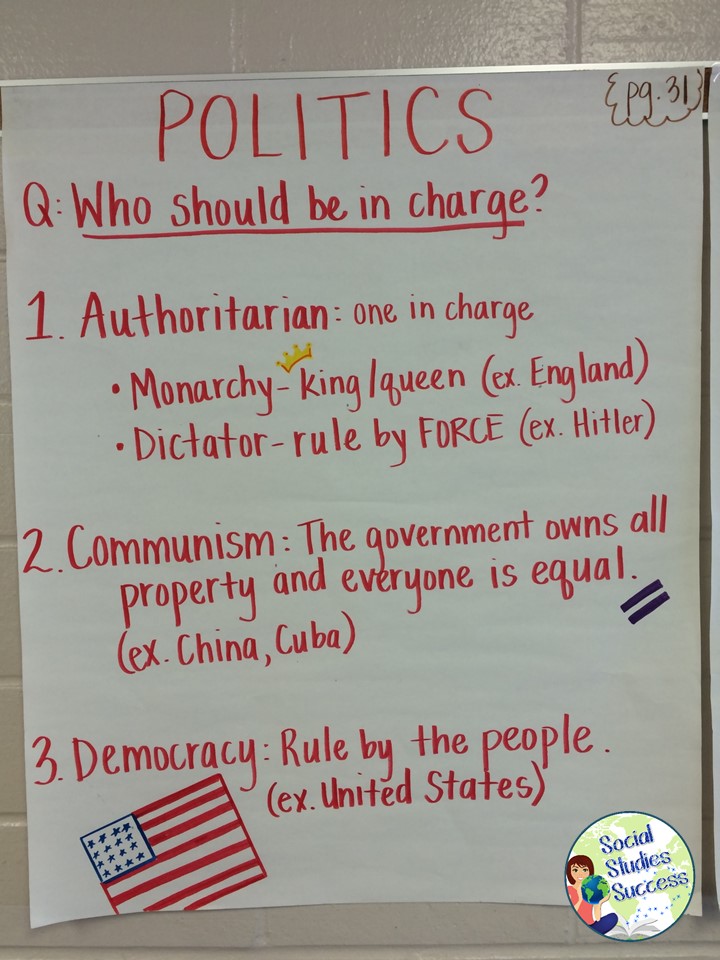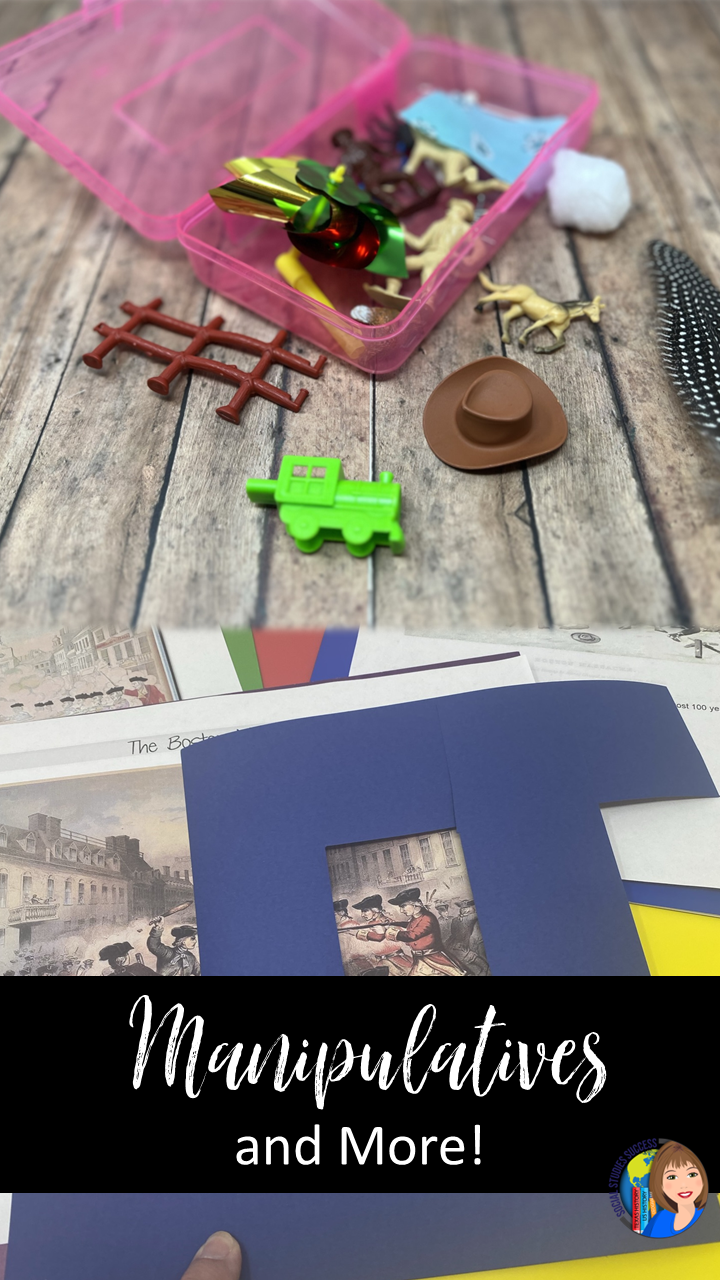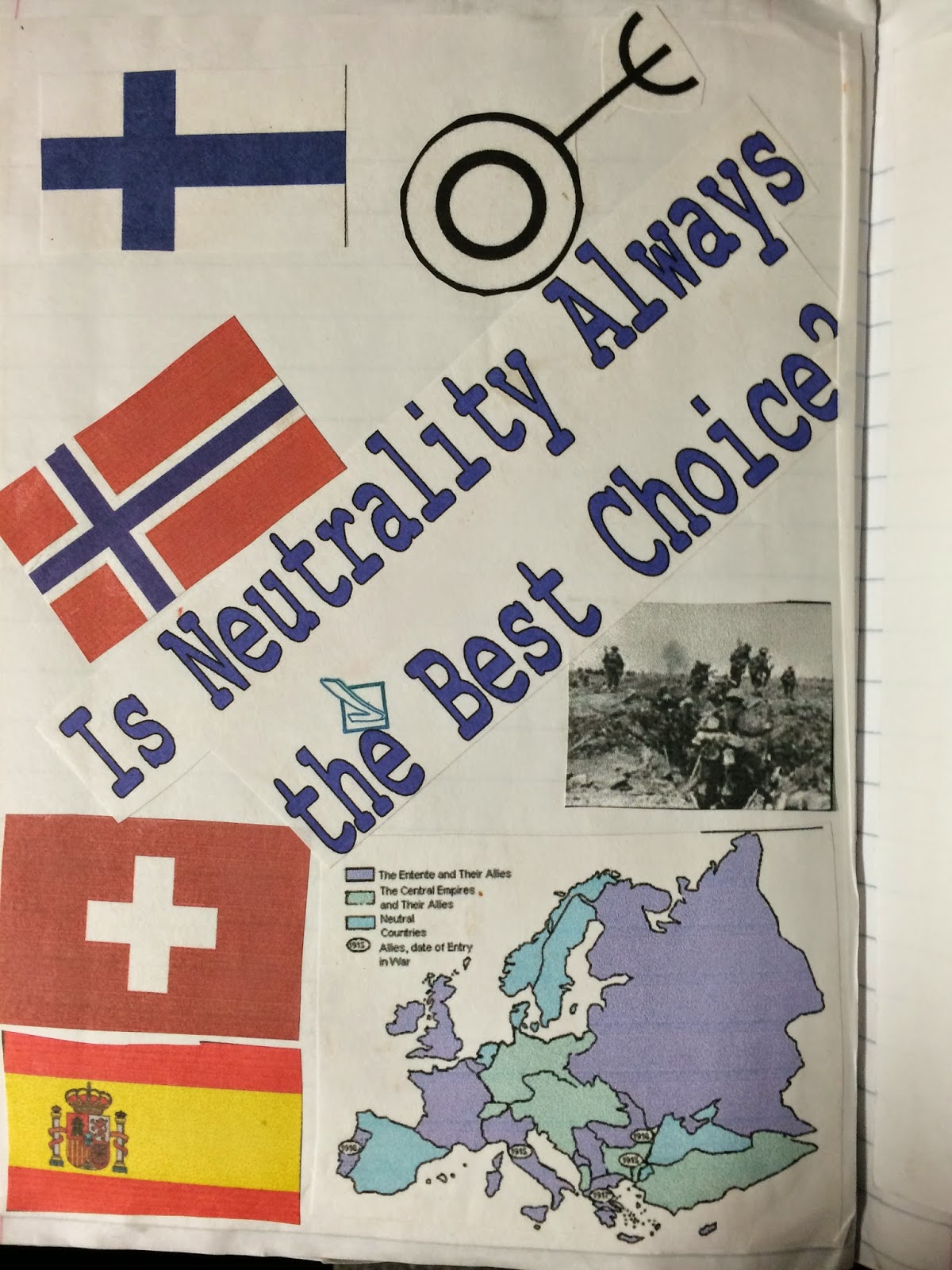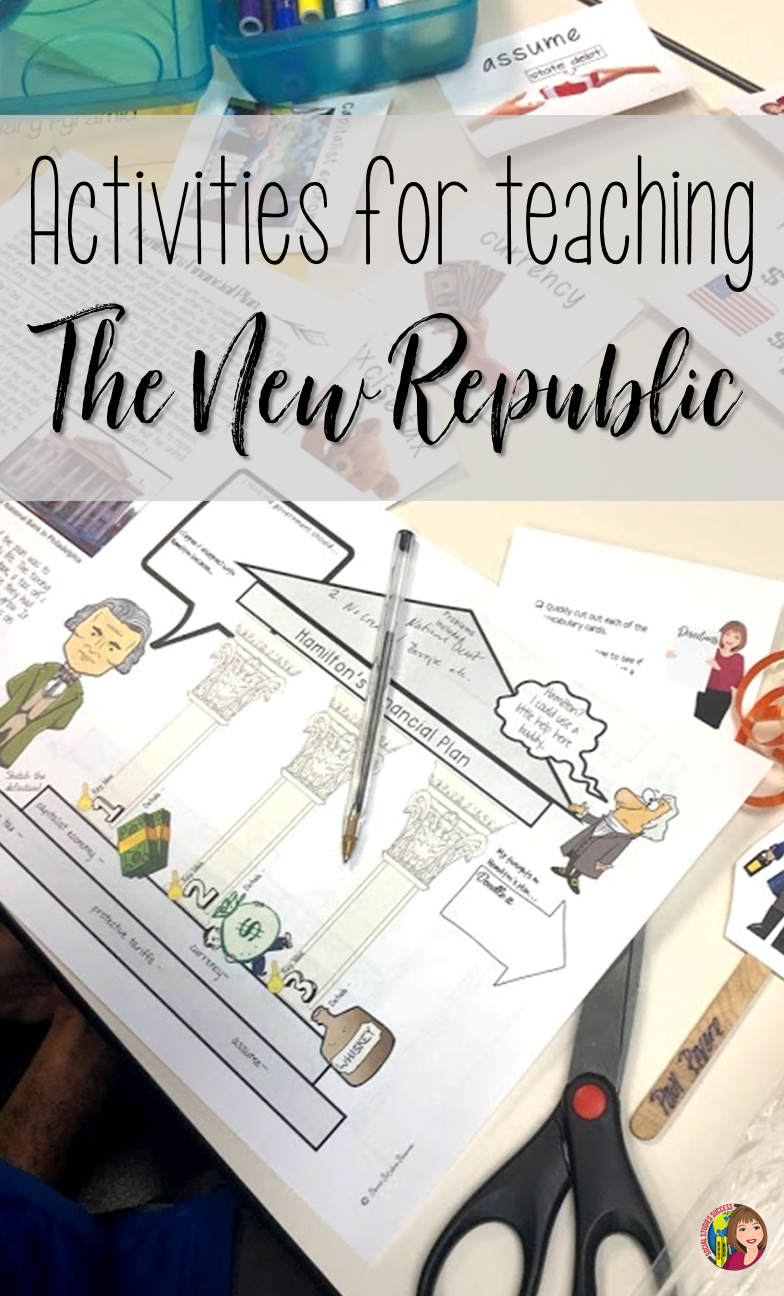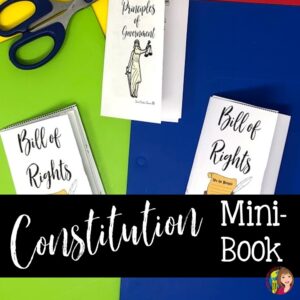As a secondary Social Studies teacher, the thought of anchor charts intimidated me – isn’t that an elementary thing? How would I use them in my class? Would they even work with teenagers? What would they say?
Then I saw some amazing anchor charts in classrooms and the light came on! These are for the concepts in Social Studies and the big ideas – those topics you spend a few weeks on.
|
PERSIAAcronym for Geography and World Cultures
|
|
PERSIAAcronym for Geography and World Cultures
|
|
PERSIAAcronym for Geography and World Cultures
|
|
PERSIAAcronym for Geography and World Cultures
|
|
PERSIAAcronym for Geography and World Cultures
|
|
PERSIAAcronym for Geography and World Cultures
|
As I integrated anchor charts into my classroom, I noticed how much they benefited my ELL students. During reviews, I could see them referring to anchor charts; pointing to different parts as they talked about history.
|
Use anchor charts to review key content
|
I also began to use them to reinforce certain teaching strategies.
|
Somebody Wanted… is a great summarization strategy
|
I am currently in love with my Social Studies Skills Anchor Charts – they can be posted at the beginning of the year, and then as you focus on a certain skill, moved to the front of the room. They provide a graphic organizer and sentence stems for your ELL students.
 |
| Reinforce Social Studies Skills with my anchor charts. |
In addition to anchor charts on chart paper, have you ever considered making them out of the activities you have just completed? In these anchor charts, a teacher enlarged a scenario activity reviewing the Bill of Rights. By posting them in her classroom, she can refer back to them throughout the year.
This is what they look like:
|
|
| The 6th Amendment from the Bill of Rights Scenario Activity turned into an Anchor Chart |
| The 4th Amendment from the Bill of Rights Scenario Activity turned into an Anchor Chart |
| The 5th Amendment from the Bill of Rights Scenario Activity turned into an Anchor Chart |
How do you use anchor charts in your classroom?

